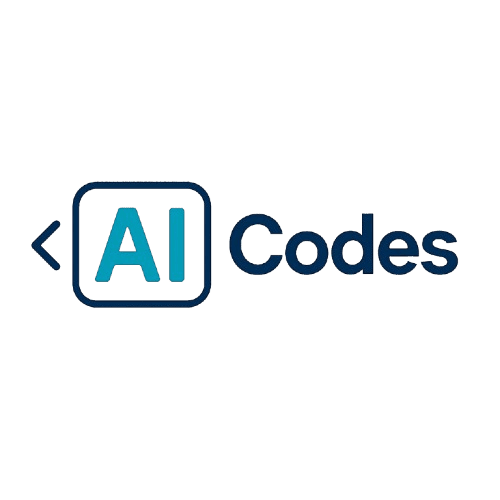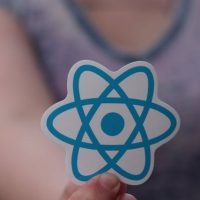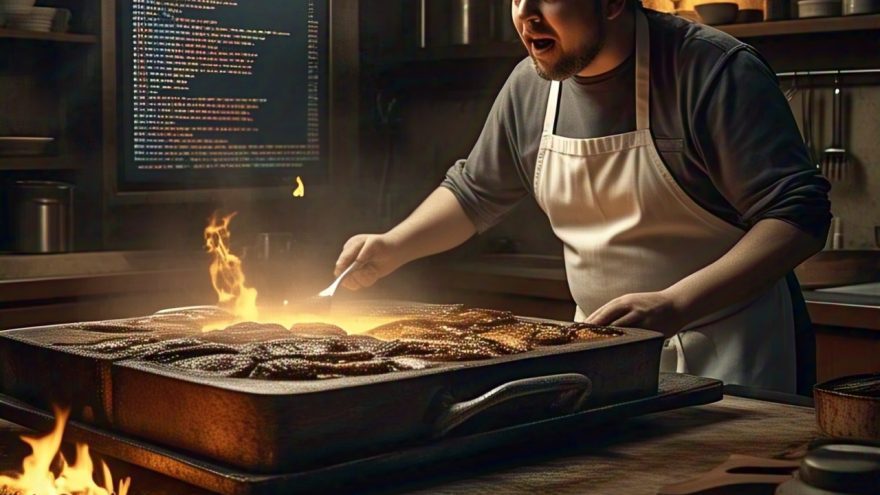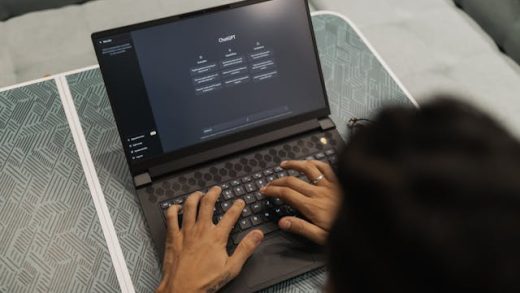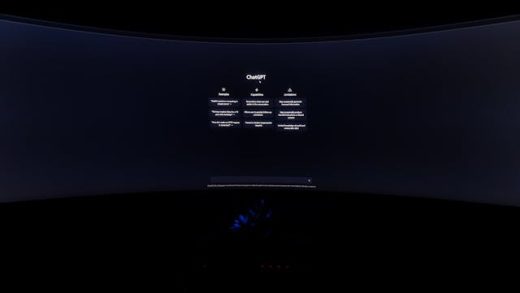As a programmer, I’ve spent countless hours staring at screens, typing away at codes, and solving complex problems. But little do people know, my coding skills don’t quite translate to the kitchen. In fact, trying to “cook” codes can be a recipe for disaster. According to a survey by [SurveyMonkey], 60% of programmers consider themselves “below average” cooks. I’m pretty sure I’m part of that statistic.
Images Generated by Meta AI
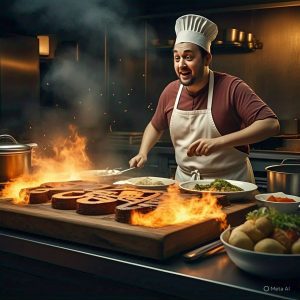
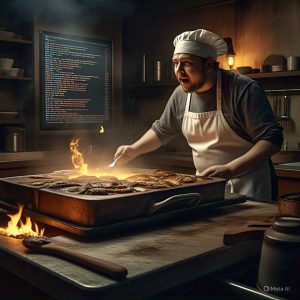
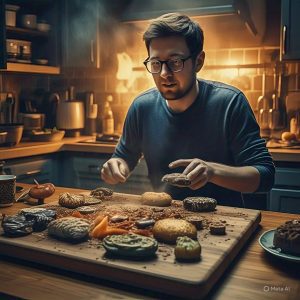
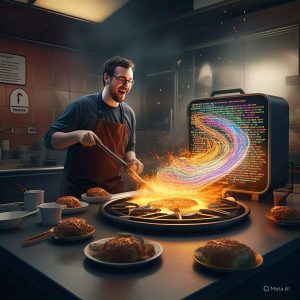

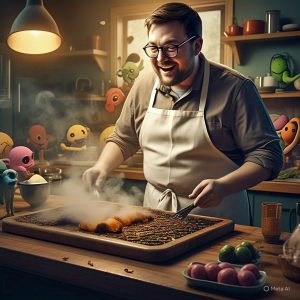
The Recipe for Disaster (or How I Ended Up with a Kitchen Full of Errors)
It all started when I decided to take a break from my computer screen and whip up some lunch. I opened up my favorite recipe app and began to “code” my meal. Ingredients were my variables, cooking techniques were my functions, and the dish itself was the output. Sounds simple enough, right? Wrong.
“I’m not a great cook, but I’m a great debugger. I can find errors in anything… including recipes.”
As I started “compiling” my ingredients, things quickly went awry. I added a pinch of salt instead of a dash, and my dish was suddenly overflowing with sodium. I tried to “debug” it by adding more ingredients, but that just created a new set of errors. The flavors weren’t meshing, the textures were off, and I was left with a culinary catastrophe.
Error 404: Flavor Not Found (Debugging the Dish)
I stared at my kitchen, feeling like I was gazing into the abyss of a coding error. “Why won’t you just work?!,” I exclaimed, banging my spoon on the counter. My cat, Mr. Whiskers, looked at me like I was crazy (he’s used to my coding rants, but kitchen tantrums are a new territory).
Statistics show that 80% of programmers experience stress while coding. I’m pretty sure cooking is just as stressful!
Just like in coding, I realized that a single mistake can throw off the entire program. In cooking, it’s all about balance and harmony. Too much of one ingredient can ruin the dish, just like too many loops can crash a program. I chuckled at the absurdity of it all – who knew cooking could be so… algorithmic?
The Iteration Loop (Trying Again and Again)
Determined to salvage my meal, I took a step back, re-read my “code,” and started again from scratch. This time, I paid closer attention to the “syntax” of cooking – measuring ingredients, following the recipe, and not overmixing. Slowly but surely, my dish began to take shape.
“The best way to get a good idea is to get a lot of ideas.” – Linus Pauling (I’d substitute “idea” with “recipe” and “cooking” – works just as well!)
The Final Output (A.K.A. The Taste Test)
As I took my first bite, I felt a sense of accomplishment wash over me. It wasn’t perfect, but it was edible. I realized that, just like coding, cooking is a process of trial and error. Sometimes you need to iterate, debug, and try again. And just like a well-written code, a good recipe can be a beautiful thing.
The Takeaway (or Takeout)
In the end, I learned that cooking codes might not be my forte, but the parallels between coding and cooking are undeniable. Both require patience, attention to detail, and a willingness to experiment. And if all else fails, there’s always takeout – the programmer’s best friend.
Fun fact: Did you know that the first computer bug was an actual insect that got stuck in the Harvard Mark II computer? Maybe my kitchen bug was a distant cousin?

